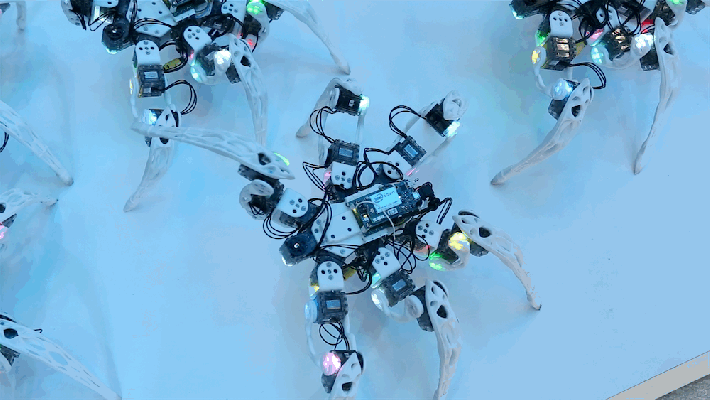This year’s Consumer Electronics Show was typical in one key regard: The best insights to be had at the event are those that appear when you look at its overall composition, rather than at any single announcement or product unveiling. For CES 2015, one theme in particular struck me as especially important, made more so because of it considerable progression over the past few years of the event: Automation.
Robots are nothing new for CES, but this year marked what felt like a turning point for bringing automation to a wider range of device categories, making ‘robots’ a reality across a range of verticals. There were automated gadgets for maintaining plant health, drones that could fly in flocks and offer up comprehensive imaging for agricultural use, sensors that could tie into more simplistic smart gadgets for advanced smart home design and more.
Toshiba showed off a humanoid, mostly realistic robotic hostess, and Intel and iRobot teamed up to show off autonomous telepresence bots and talked long-term plans for a robotic butler. Maybe most impressive were the advances in car automation, however, with virtually every auto maker who had any kind of presence at the show offering a glimpse into some kind of intelligent, driver-free technology, from parking to advanced object recognition.
One of the better examples of what kind of changes have taken place over the past four years of CES was the Audi exhibit showing four generations of driver-assist automated car tech. Audi brought four cars to the show, ranging in model year from 2009 to 2014, each characterizing a different kind of advance in technical advancement. The cars were a great practical example of what’s being made possible by developments like Nvidia’s Tegra X1, which is roughly equivalent to a room-sized supercomputer from a decade ago in terms of raw computing power, and which is available in a paired, two-processor configuration for carmakers starting this year in an extremely portable package that can easily fit behind the infotainment console of any standard vehicle.
Automation is driving forward at a rapid pace because of the improvements both in processors, and in the availability, cost and prevalence of sensors that can feed said processors data. Devices and software have become more robot-ready out of the box, and supported by cloud-based computing that is likewise better than ever at processing huge amounts of data and working with local pocket-sized supercomputers in a reciprocal relationship of machine learning, even the word “automation” means something entirely different from it did at CES just two years ago.
Robots have long been one of the more visible themes of CES, but they’ve gone from being eccentric sideshows and eccentricities with exotic designs and even more exotic price tags, to practical innovations that span the full breadth of the CES show floor. Automation is a natural endpoint for most computing and tech products, of course, but it’s very interesting to begin to see products match up with promise.
